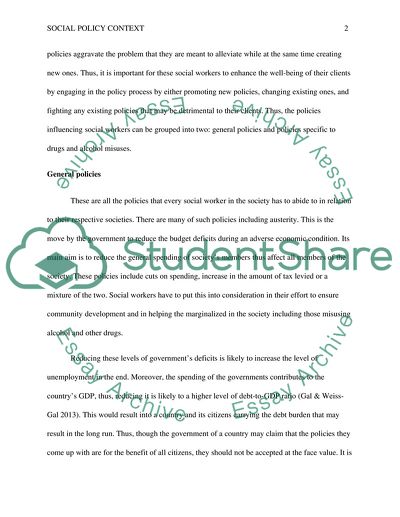Cite this document
(“Social policy context Essay Example | Topics and Well Written Essays - 2500 words”, n.d.)
Social policy context Essay Example | Topics and Well Written Essays - 2500 words. Retrieved from https://studentshare.org/sociology/1673211-social-policy-context
Social policy context Essay Example | Topics and Well Written Essays - 2500 words. Retrieved from https://studentshare.org/sociology/1673211-social-policy-context
(Social Policy Context Essay Example | Topics and Well Written Essays - 2500 Words)
Social Policy Context Essay Example | Topics and Well Written Essays - 2500 Words. https://studentshare.org/sociology/1673211-social-policy-context.
Social Policy Context Essay Example | Topics and Well Written Essays - 2500 Words. https://studentshare.org/sociology/1673211-social-policy-context.
“Social Policy Context Essay Example | Topics and Well Written Essays - 2500 Words”, n.d. https://studentshare.org/sociology/1673211-social-policy-context.


